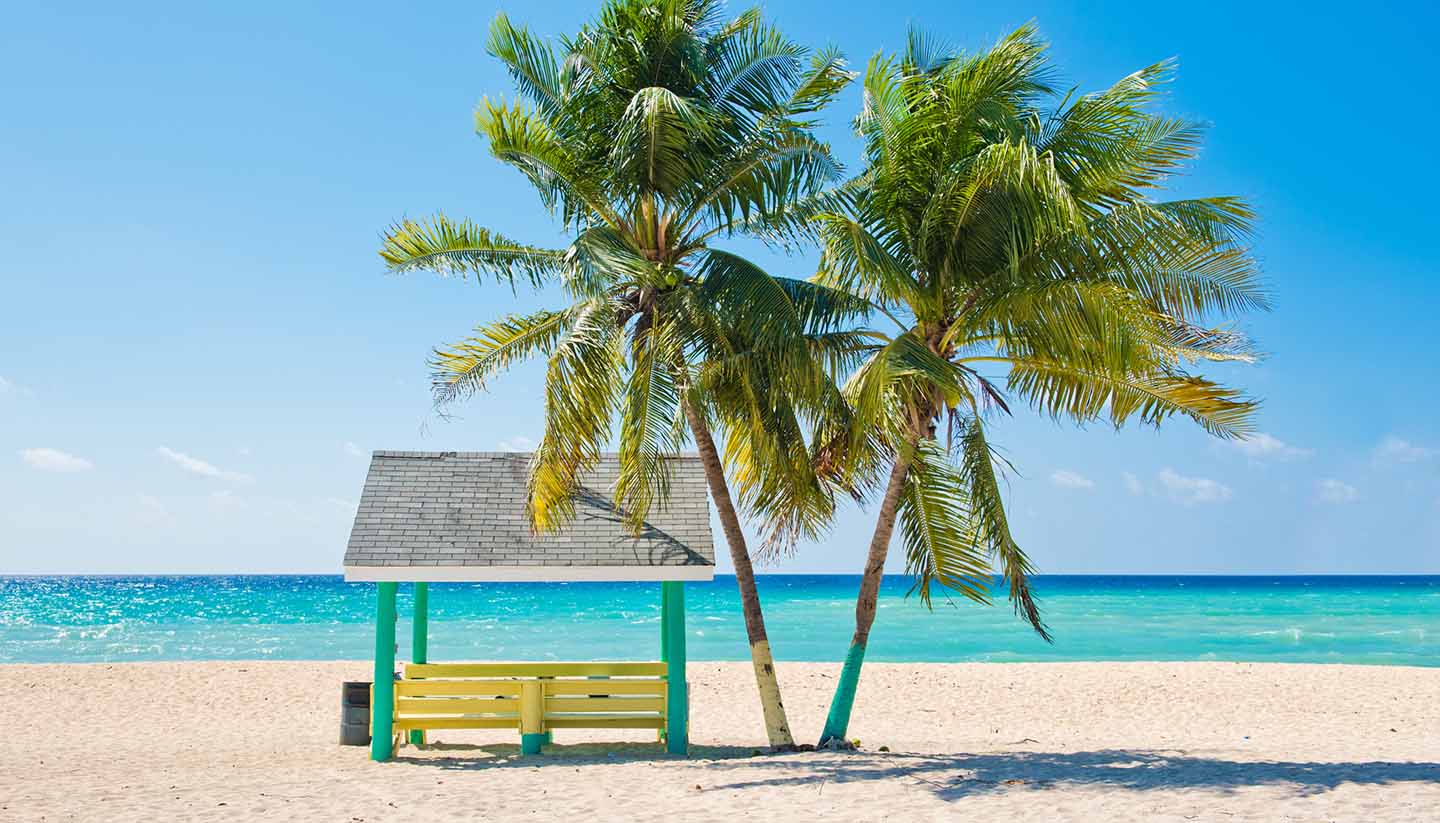Cayman Islands History, Language and Culture
History of Cayman Islands
The two smaller Cayman islands – Little Cayman and Cayman Brac – were discovered by Columbus in 1503, who named them Las Tortugas (Spanish for turtles) after the vast numbers of turtles populating the islands. The Cayman Islands’ turtles remain a talking point for visitors to the islands. This is due to the unique fact that Cayman retains the right to eat the turtles, farmed at a special facility in West Bay that is also open to the public. So you can snorkel with the beautiful creatures then, erm, eat them.
During the early 16th century, the islands’ name was changed to Cayman after the Carib word for a kind of crocodile which, although long gone, once was prevalent throughout the islands. Britain’s Sir Francis Drake explored the area in 1586, but it was 1670 before the islands came under full British rule. Many of the original settlers’ descendents can be seen in the islands’ surnames including Bodden, Ebanks and Kirkconnell.
Grand Cayman was settled from Jamaica by 1672; Little Cayman and Cayman Brac were settled some time later, and maintained a separate administration until 1877. The surrounding waters were the backbone of the Cayman Island’s industries right up until the late 1900s; shipbuilding was a key source of income for the islands, as were fishing and turtling.
Today, it is tourism that brings in much of the riches. Grand Cayman suffered a setback when it was battered by Hurricane Ivan in 2004, and the island all but shut down for numerous months while it was restored. Things have now recovered and it continues to attract high-end tourism to the country due to a combination of excellent infrastructure, top class hotels and of course the world-famous beaches and diving.
The Governor of Jamaica held administrative responsibility for the islands until 1962, when Jamaica itself became independent. Since 1971, the Cayman Islands have had their own Governor appointed by the British crown. There is a directly elected Legislative Assembly which is responsible for the implementation of law in the Cayman Islands. The Governor has the power of veto which is rarely exercised.
A constitution was passed in 2009 and occasional flirtations with financial problems have meant closer scrutiny by the UK. Independence is not likely in the near future as the island continues to recover from the financial crisis, which hit government coffers badly.
The island continues to discuss modernisation in a series of public-private partnerships with potential cruise industry, airline industry and investment partners as Cayman does not have the resources to embark on capital projects any more.
Cayman Islands Culture
Religion in Cayman Islands
Christianity is the predominant religion with the denominations of Anglican, Catholicism, Baptist, and Presbyterian all represented on the island.
Social Conventions in Cayman Islands
Life on the Cayman Islands is a blend of local traditions and of US and British patterns of behaviour. Handshaking is the usual greeting; hugging and kissing is for friends and family only. Because of the large number of people with a similar surname (such as Ebanks and Bodden), a person may be introduced by his first name (such as Mr Tom or Mr Jim). Flowers are acceptable as a gift on arrival or following a visit for a meal.
Most modes of dress are acceptable, although it is normal to prescribe a dress code on invitations. Save your beachwear for the actual beach however, as wearing skimpy clothing, or going without a shirt, in restaurants or bars will be frowned upon. Topless bathing is prohibited.
Caymanians tend to be churchgoers, and island society is relatively conservative in terms of attitudes to LGBT rights; the government has been known to make anti-gay comments before, although homosexuality was decriminalised in 2000.
Language in Cayman Islands
English is the official language, with a distinctive 'brogue' reflecting heritage of Welsh, Scottish and English ancestors still distinguishing the speech of the Caymanian people. The number of Jamaican residents in the workforce means the Jamaican patois is also common. Spanish, particularly regional dialects of Central America and Cuba, is also widely spoken.


